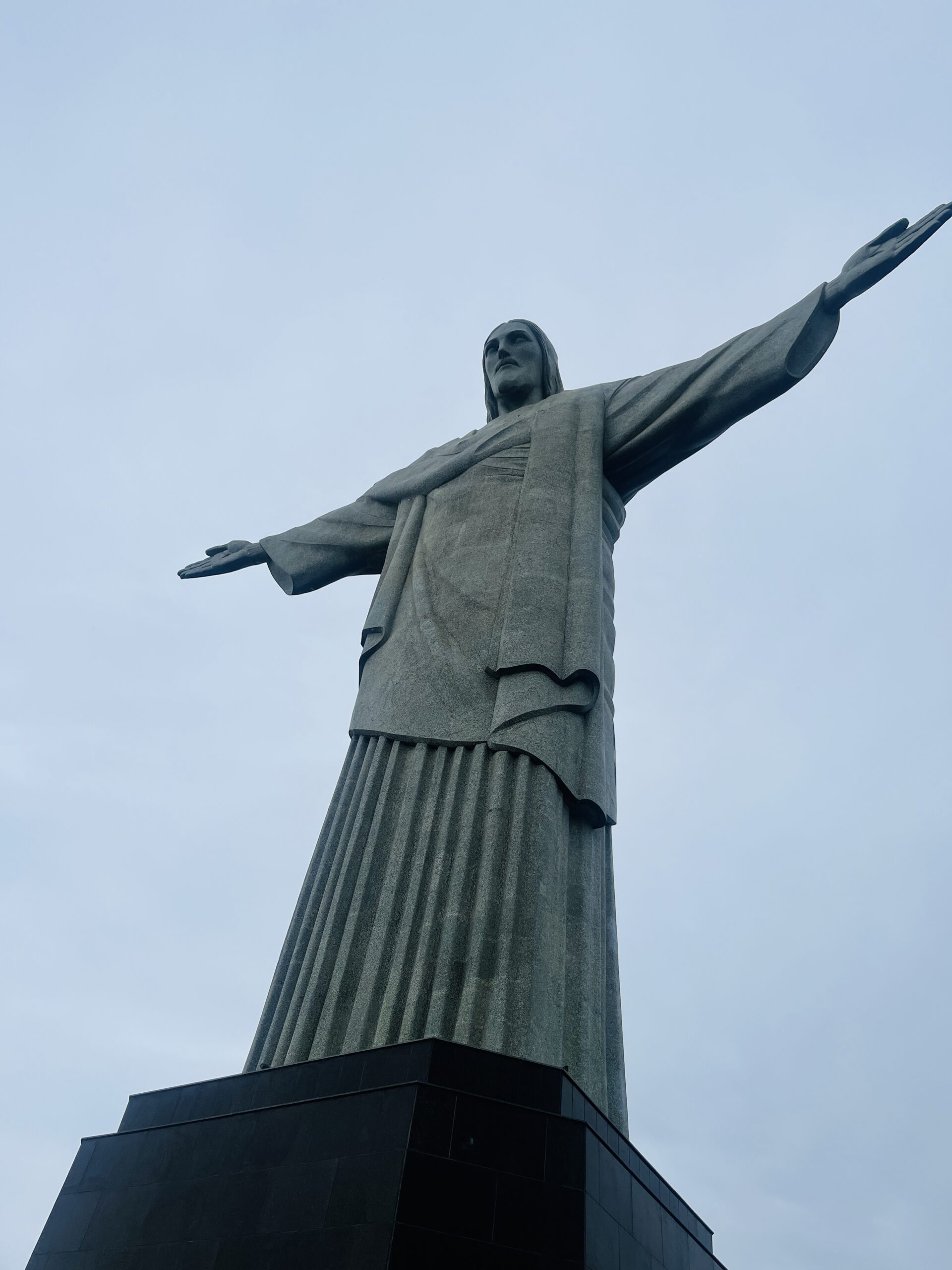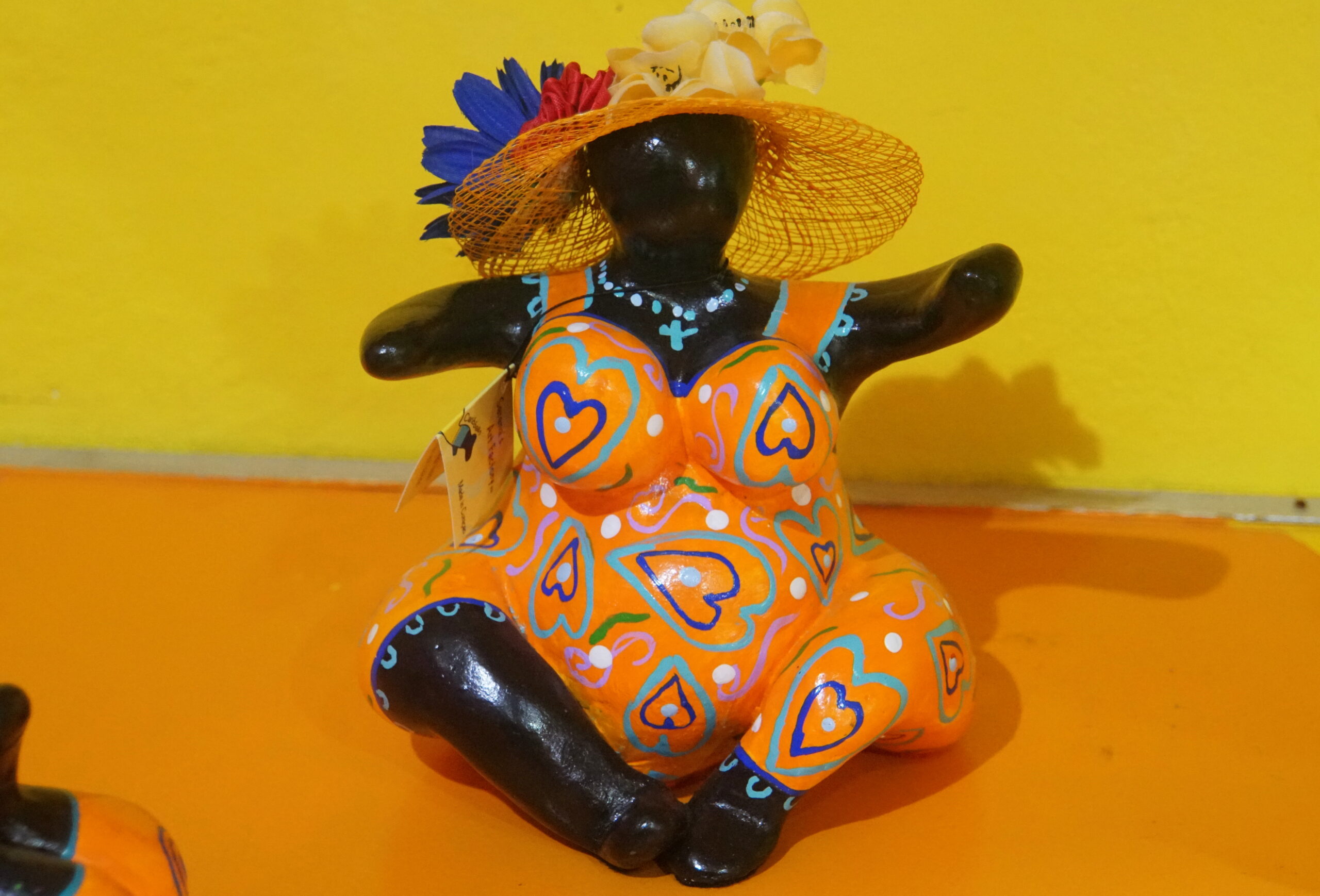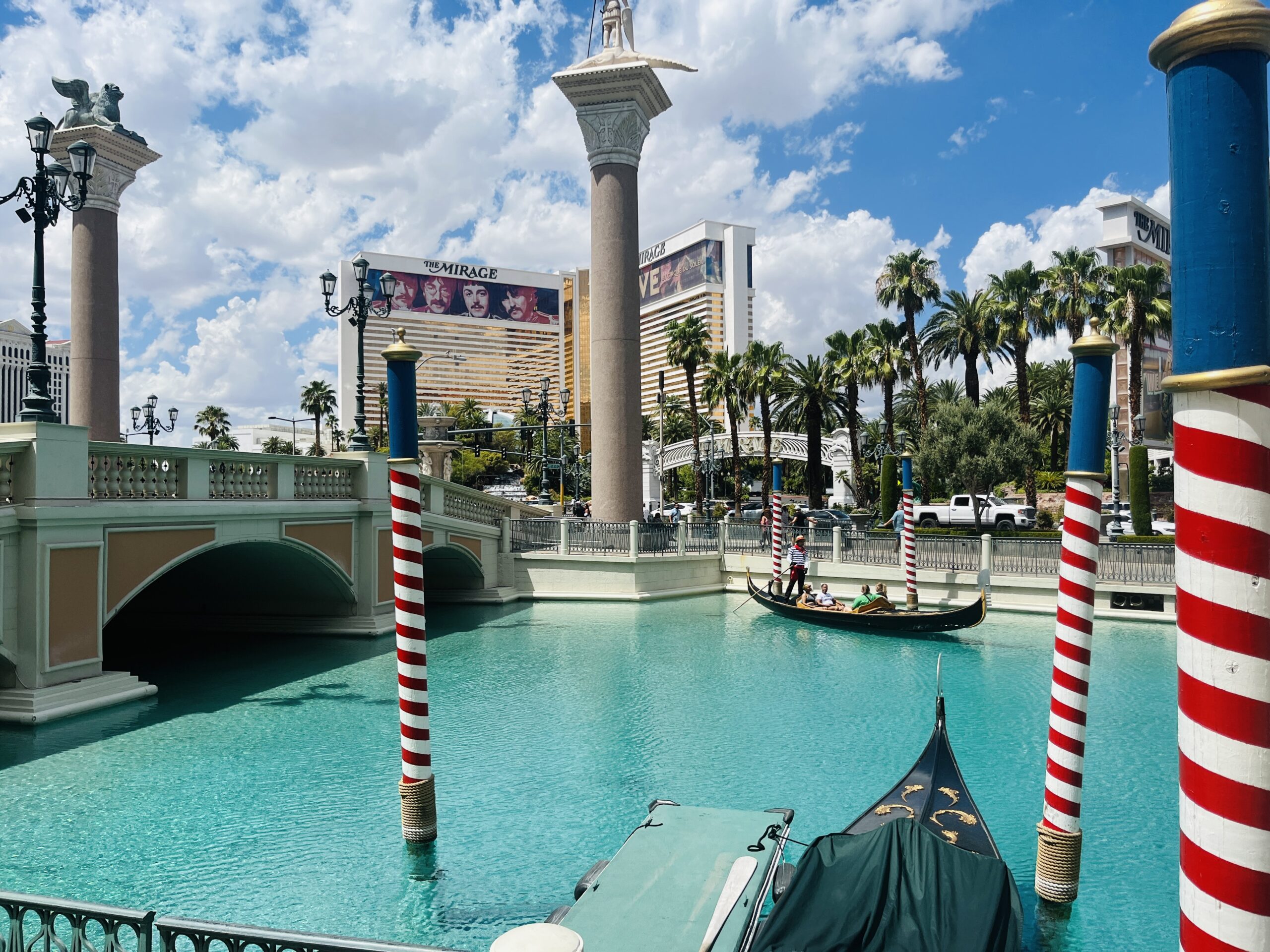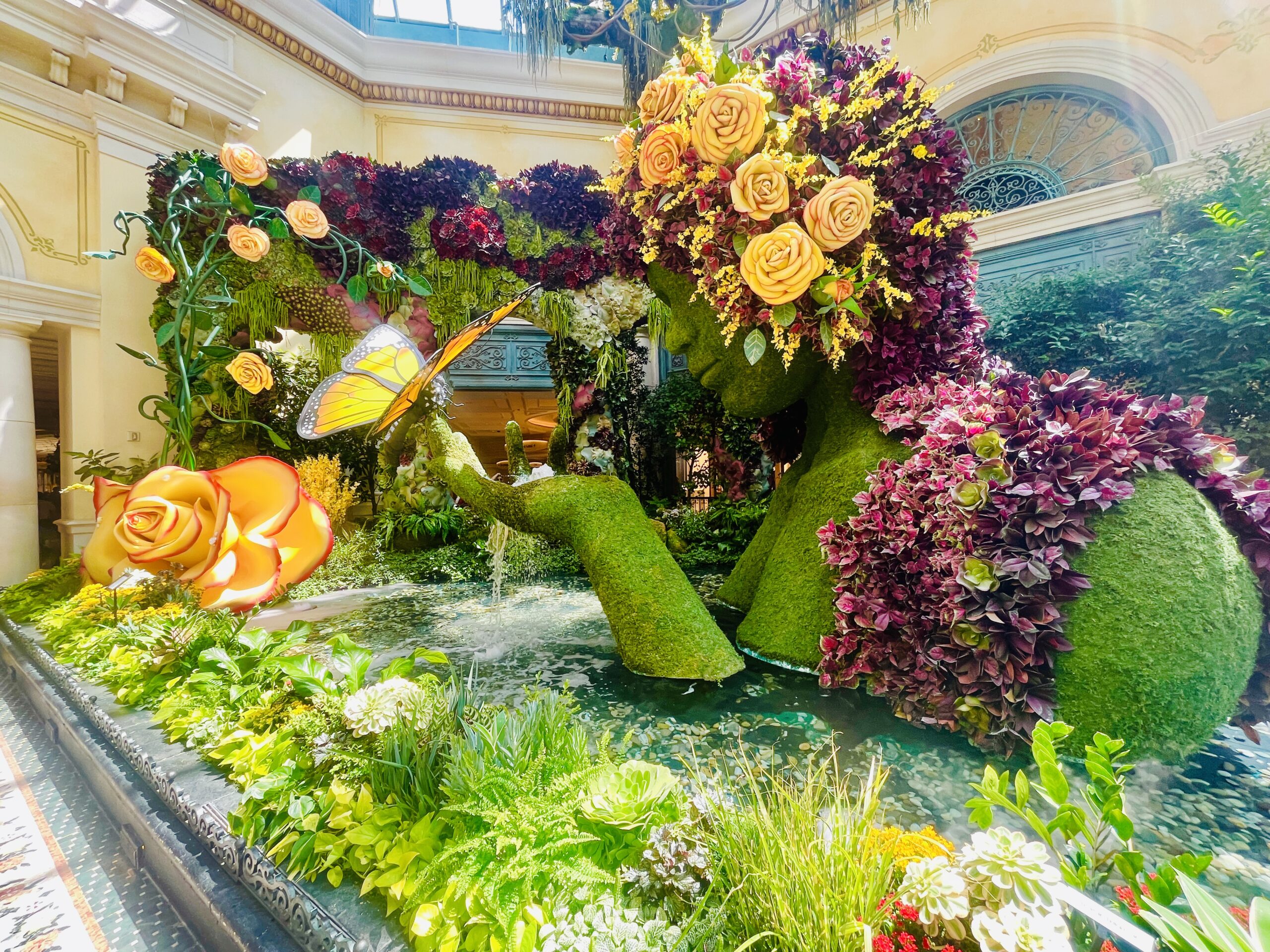Nearly Struck By Lightning at Christ The Redeemer
How we almost got struck by lightning while visiting Christ the Redeemer.
Nearly Struck by lightning at christ the redeemer
Rio De Janeiro, Brasil
They say when your hair starts to stick up, lightning is about to strike. And, that day it did. It was a cloudy Saturday when we decided to visit Christ The Redeemer in Rio. Although it was cloudy, we couldn’t pass up the opportunity to visit one of the seven wonders of the world. Here’s how we almost got struck by lightning while visiting Christ the Redeemer.
Brasil Diaries >>

Visiting Christ the Redeemer
How often do you get to stand in proximity to a colossal monument of Jesus, with unparalleled views of the city of Rio de Janeiro below? I’m going to take a wild guess and say it’s probably a once-in-a-lifetime experience. Although the weather wasn’t exactly in our favor from the start, we were determined to reach the summit and witness this majestic monument, come rain or shine.
History and facts
Nestled atop the stunning Corcovado Mountain in Rio de Janeiro, Brazil, at 2,300 feet above sea level, stands the iconic Christ the Redeemer statue at a height of 30 meters, as a symbol of faith, art, and breathtaking panoramic views. The Christ the Redeemer statue isn’t just an iconic symbol of Rio de Janeiro—it’s also part of a UNESCO World Heritage Site.
The statue stands proudly within the “Rio de Janeiro: Carioca Landscapes between the Mountain and the Sea.” The area around the statue features dramatic mountains and lush greenery, which make the Christ the Redeemer statue even more breathtaking. Situated within the expansive Tijuca Forest National Park, the erection of this monumental structure unfolded over a nine-year span, commencing in 1922 and reaching completion in 1931.
Inaugurated on October 12, 1931, it has since become one of the New Seven Wonders of the World drawing in hundreds of thousands of visitors every year. The monument was created by Paul Landowksi and engineered by Heitor da Silva Costa, with contributions from French sculptor Gheorghe Leonida. With open arms spanning 28 meters wide, the statue gazes upon the city of Rio, symbolizing a gesture of protection and peace.
God is speaking
The panoramic vistas from the top of the mountain, even for an overcast day, did not disappoint. The atmosphere was still buzzing, though a bit crowded, with people from all over the world squeezing through the crowd, each trying to snag the perfect selfie or photo of the stunning statue. While capturing these moments with my friends, a peculiar occurrence caught our attention – the strange sight of people’s hair standing on end, including my own.
Moments later, thunderous roars and flashes of lightning began, sparking a mix of awe and trepidation among the crowd. A brief moment of uncertainty gripped us as the lightning strikes felt uncomfortably close. Suddenly, we were convinced that God was speaking. However, amidst the gasps and pointing fingers, expressions of shock turned into shared smiles and laughter, accentuated by the sight of static-charged hair.
As the static-charged hair of more individuals continued to stand on end amidst the sights and sounds of thunder and lightning, we all became convinced that we were witnessing an unexpected yet miraculous event. After approximately 40 more minutes, as the intensity heightened and rain began to fall, my friends and I decided to conclude the visit before we all became burnt toast.
Perhaps we should’ve gone on a sunny day after all?

Christ the Redeemer FAQs
Best time to visit
Despite cloudy conditions, my friends and I were still able to capture marvelous photos and videos. However, it is advised that the best time to visit Christ the Redeemer is during the drier months from May to September. During these months, the skies are clearer and you can avoid the peak of the rainy season. However, the only downside to visiting during the drier seasons, is the idea of more crowds especially during the summer months.
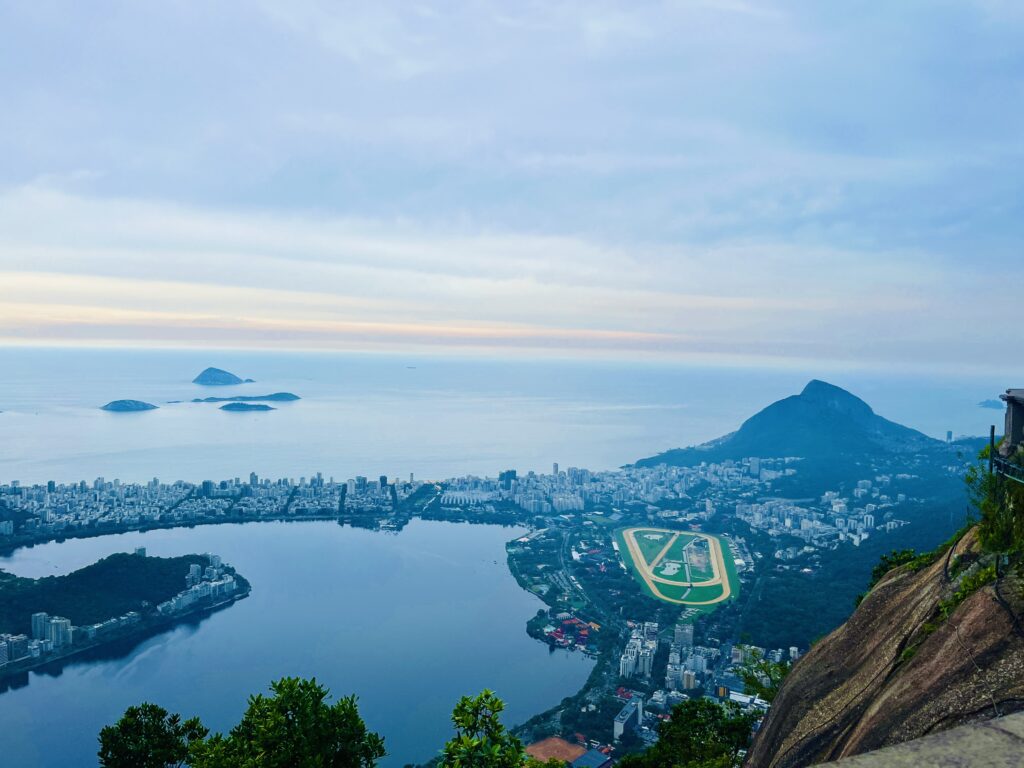
Crowds and holidays
To avoid crowds, consider visiting Christ the Redeemer on weekdays rather than weekends right after opening hours. Additionally, certain times of the year, such as Carnaval, may see increased visitors. Planning your visit during off-peak times can enhance the tranquility of your experience.

How to get to there
There’s three main ways to get to Christ the Redeemer. You can go by train, by van, or by hiking.
By train
The most popular and scenic route to Christ the Redeemer is via the cog train that winds through the lush Tijuca National Park. The departure point is at the Corcovado Train Station in Cosme Velho. Trains operate from 8:30 AM to 6:30 PM, departing approximately every 30 minutes. The journey takes around 20 minutes, unveiling stunning vistas of the park’s tropical rainforest and, of course, the city of Rio de Janeiro itself.

local Tip
Sit on the right side of the train for the best views.
By van, taxi, or ride-sharing
Van, taxis, and ride-sharing services are available for a more direct and private journey to Christ the Redeemer. However, keep in mind that the final stretch of the journey must be completed via the official vans or trains that take visitors up to the statue.
By hike
You can hike through the Tijuca National Forest but in recent years, it’s been advised not to due to an increase in muggers along the hike who steal your belongings. However, if you decide to journey your way up, be aware of your surroundings and don’t bring anything of significant value with you. The duration of the hike is said to typically take around 2-3 hours depending on each individual’s pace. This hike is said to be quite challenging and not a beginner friendly hike. It is highly recommended to wear hiking boots and bring extra water.
Can you go inside?
No – There’s no interior for the actual monument. However on the backside of the monument, there is a little chapel that you can enter in. The chapel has a small prayer box where you can write down a prayer request. It’s beautifully adorned with gold.

Photo Tips
To take the best photos, where you can see the entire statue, it’s best to take photos in the very front of the monument. If you’re taking a picture from the side, it’s best to tilt the camera down so that you can capture yourself with the statue in the background.

Looking for another UNESCO World Heritage Site to add to your bucket list? Discover the most colorful city and island in the Caribbean and find out The Strange Reason Why Curacao is So Colorful.


